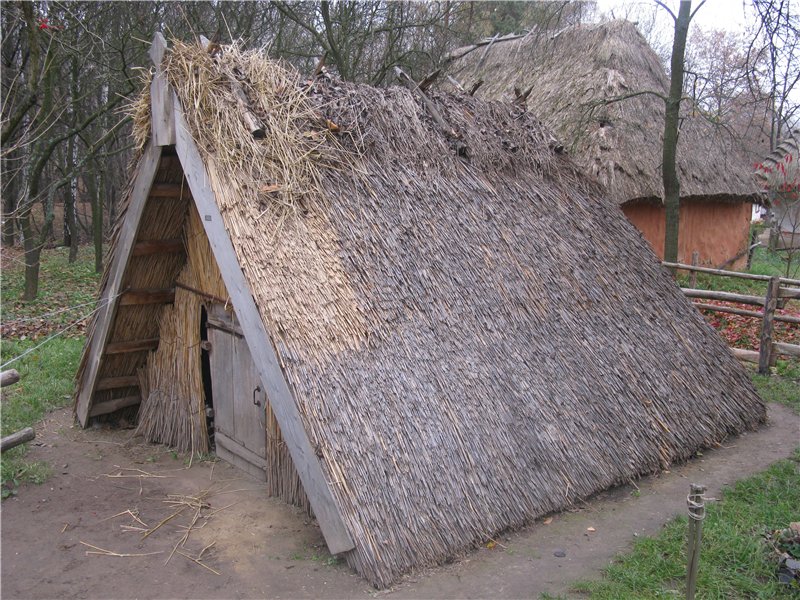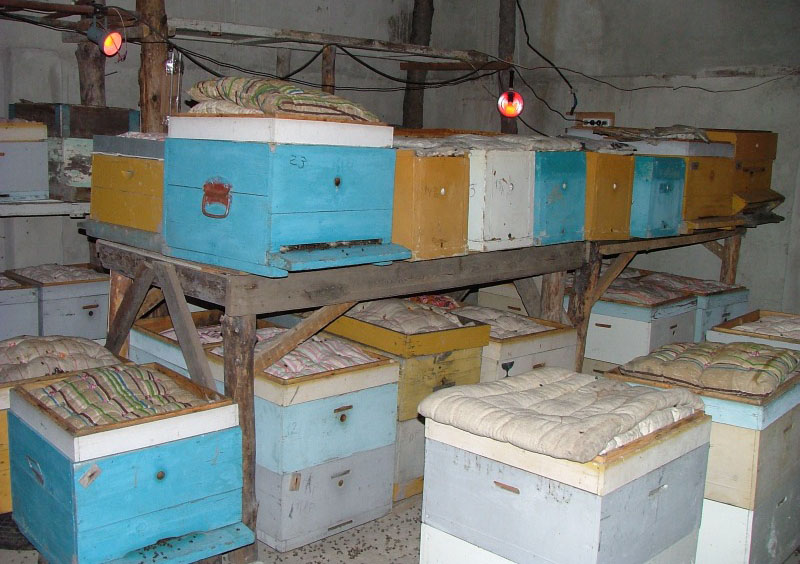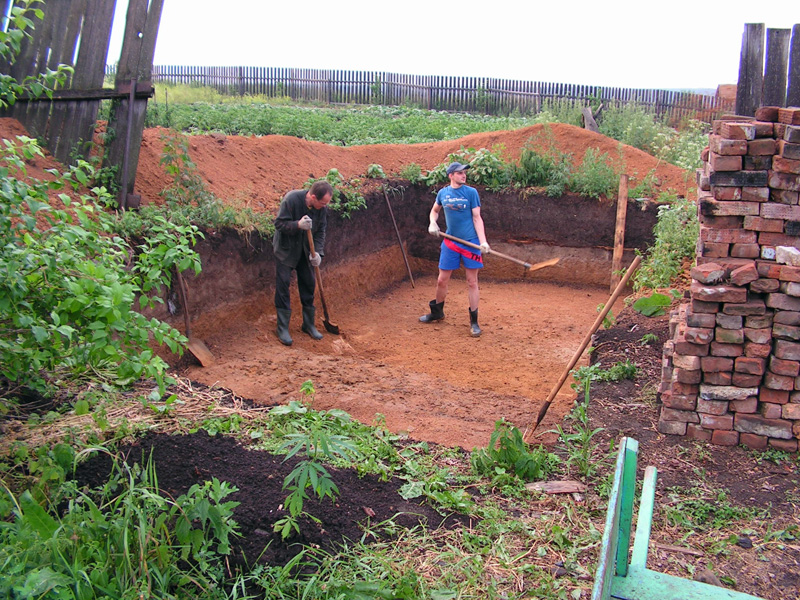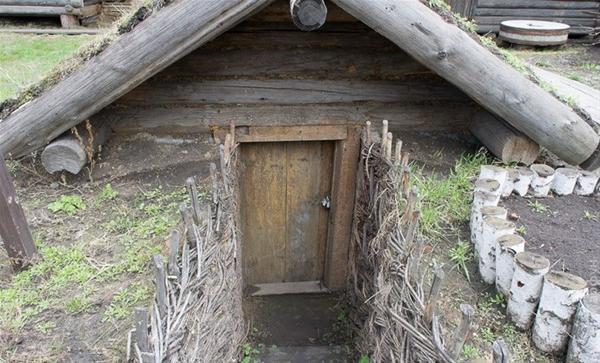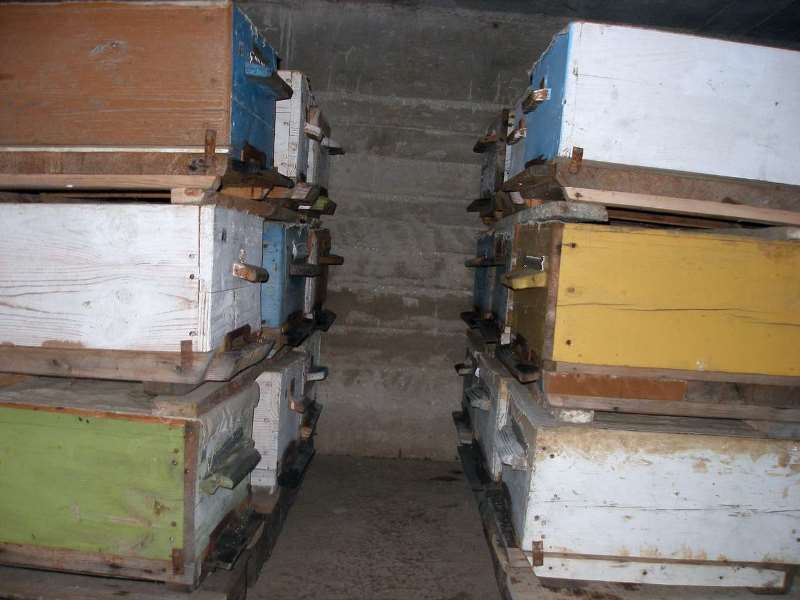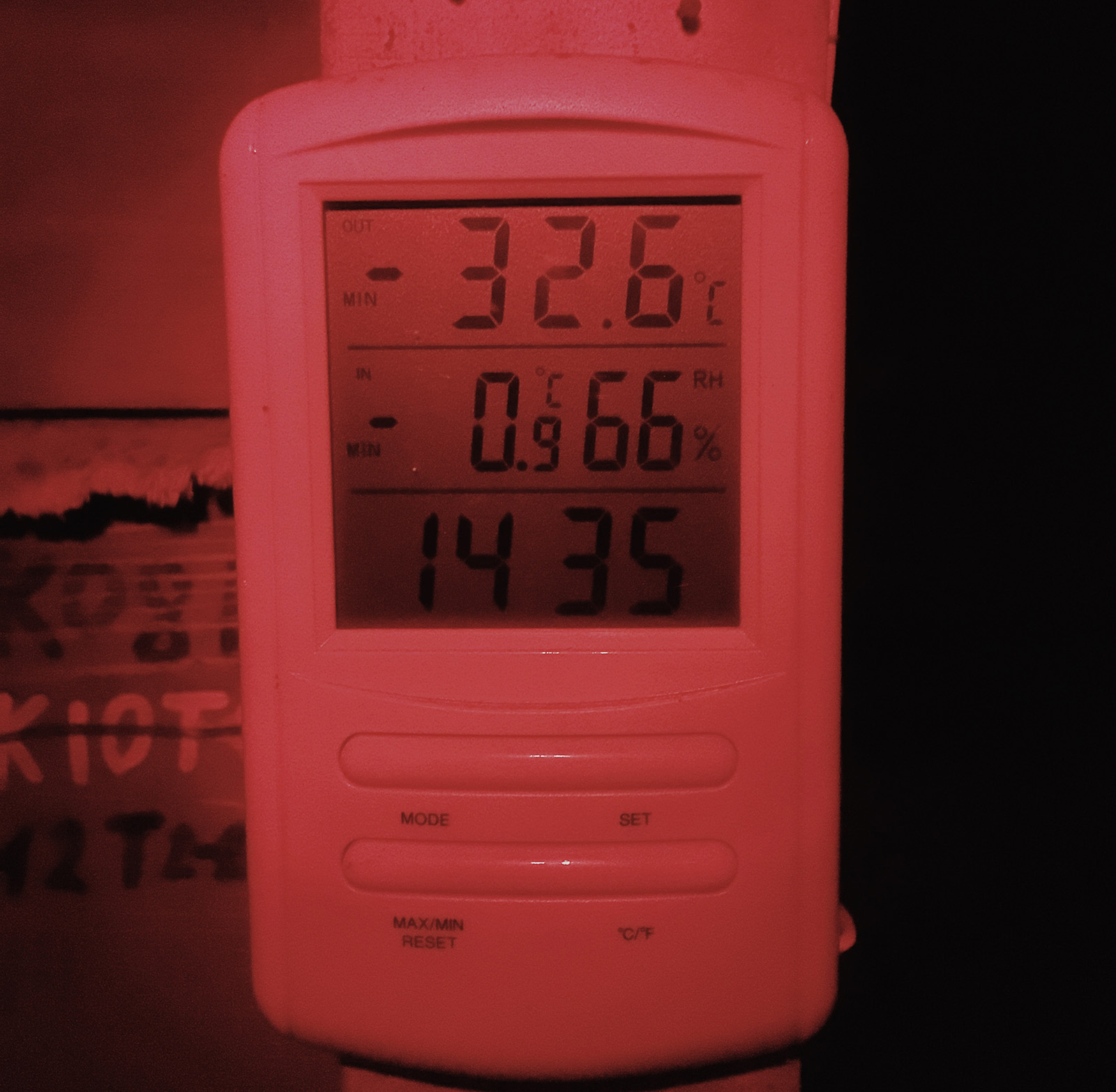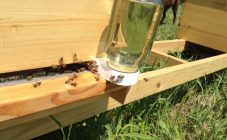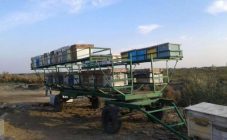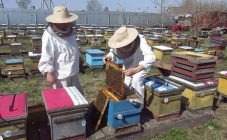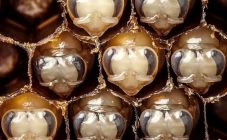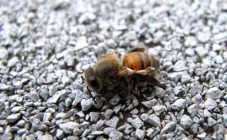Content:
In winter, bees need to create conditions for wintering. For this, special rooms are built into which the hives are transferred. This design is called omshanik or winter house. Before building a winter house, it is necessary to study the features of the premises, diagrams and drawings. Only in this case will the Omshanik come out durable and easy to use.
What is Omshanik
It is necessary to build an omshanik in order for the bees to winter comfortably, since this is where the hives need to be transferred. In the event that the beekeeper wants to build a winter house on his own, you need to carefully study all the requirements that are necessary for the construction.
Structures are made:
- Terrestrial;
- Underground;
- Semi-recessed.
Regardless of what kind of structure it will be, you need to maintain the desired temperature and humidity in it.
The main requirements for building a winter house on your own are:
- Correctly chosen place in which it should be dry. It is desirable that it is not in the recess.
- Provided that the structure will be placed underground, the pit must be dug at least two meters. In addition, the walls and floor are laid out with bricks.
- The humidity is maintained by ventilation and drainage.
- The required temperature is created by warming the room.
- In the winter house, windows are not arranged, since the bees do not need them.
Omshanik is very easy to build, the main thing is to calculate the correct dimensions so that the bees are comfortable. If the room is too close, then the humidity will rise, which will negatively affect the health and condition of the bees.
Types of Omshanik
There are three types of wintering grounds: underground, aboveground and combined. It is best to build underground structures, since it is easiest to maintain the desired air temperature in them, no matter what the weather is playing out on the street.
If the groundwater level is very close to the surface, then in this case, combined structures or semi-underground structures are erected. An important condition for a construction site is the distance - it must be at least one meter between the floor and groundwater. Otherwise, there will be a high percentage of humidity in the winter house, which will affect the condition of the insects.
In the event that it is not possible to build an underground structure, again due to groundwater, then a ground omshanik is erected. Walls should be made of planks or beams. For insulation, sawdust, straw or other natural material is used.
Wintering for bees in Siberia
Before you make an Omshanik for wintering bees in Siberia, you need to adhere to the following tips:
- Bee Omshanik is being built on the territory located near the apiary;
- It is advisable to place it on a hill, while it must be protected from wind and drafts;
- First of all, it is necessary to check the level of groundwater, it is this factor that will determine what type of omshanik can be built.
You can build a structure from any available material:
- Brick;
- Ceramic block;
- Foam block;
- Edged boards;
- Gorbylya.
Construction consists of the following:
- Marking is done, according to the calculation, depending on the number of hives;
- A ditch is dug for water drainage and a pit for the storage;
- The walls are leveled, and a descent is made, where the stairs will be installed;
- At the bottom, formwork is built and the foundation is poured;
- Then you need to build walls, the space between them and the wall of the pit is filled with soil;
- It is imperative to build a metal frame that will serve as a support for the slab - ceiling;
- The slab is laid on the fabricated frame;
- Isolation ball is laid;
- Ventilation is installed in a specially constructed vestibule;
- A staircase is being made and doors are being hung.
After the Siberian winter house is built, you need to place the hives correctly.
They do it as follows:
- Before installing the hives, you need to prepare the room, namely, whitewash it, ventilate it and dry it;
- As soon as it gets colder outside, you need to bring the hives into the room;
- At the very bottom, hives with strong families are installed;
- After the insects have completely calmed down, you can open the entrance;
- The filled winter house is ventilated for a week to prevent condensation.
To determine the correct air temperature in Omshanik, it is recommended to install several thermometers at once in different places.
If, at the end of winter, the bees began to fly out of the hives and fall powerlessly, this means that there is a high temperature in the storage, due to which the insects begin to activate, but at the same time they have not yet gained strength. Thus, they can simply die. Therefore, it is important not to enter the store a few days before the end of the cold season, so as not to disturb insects. In addition, rodents and pets should be kept out of the winter house.
Advantages and disadvantages of the winter house
Each of the three types a do-it-yourself wintering house for bees has advantages and disadvantages:
- The advantage of the above ground structure lies in the simplicity of construction and arrangement of the storage facility. At the same time, it has the disadvantage that it is difficult to control the required air temperature and humidity in such a room.
- A semi-underground room perfectly maintains a stable temperature, but at the same time it quickly becomes damp.
- Basement omshanik for bees is the best option for wintering, but its main drawback is the laborious construction process.
The health and successful wintering of bees depend on a properly equipped storage facility. During construction, the main factor is the level of groundwater, in connection with which the type of Omshanik is determined.
